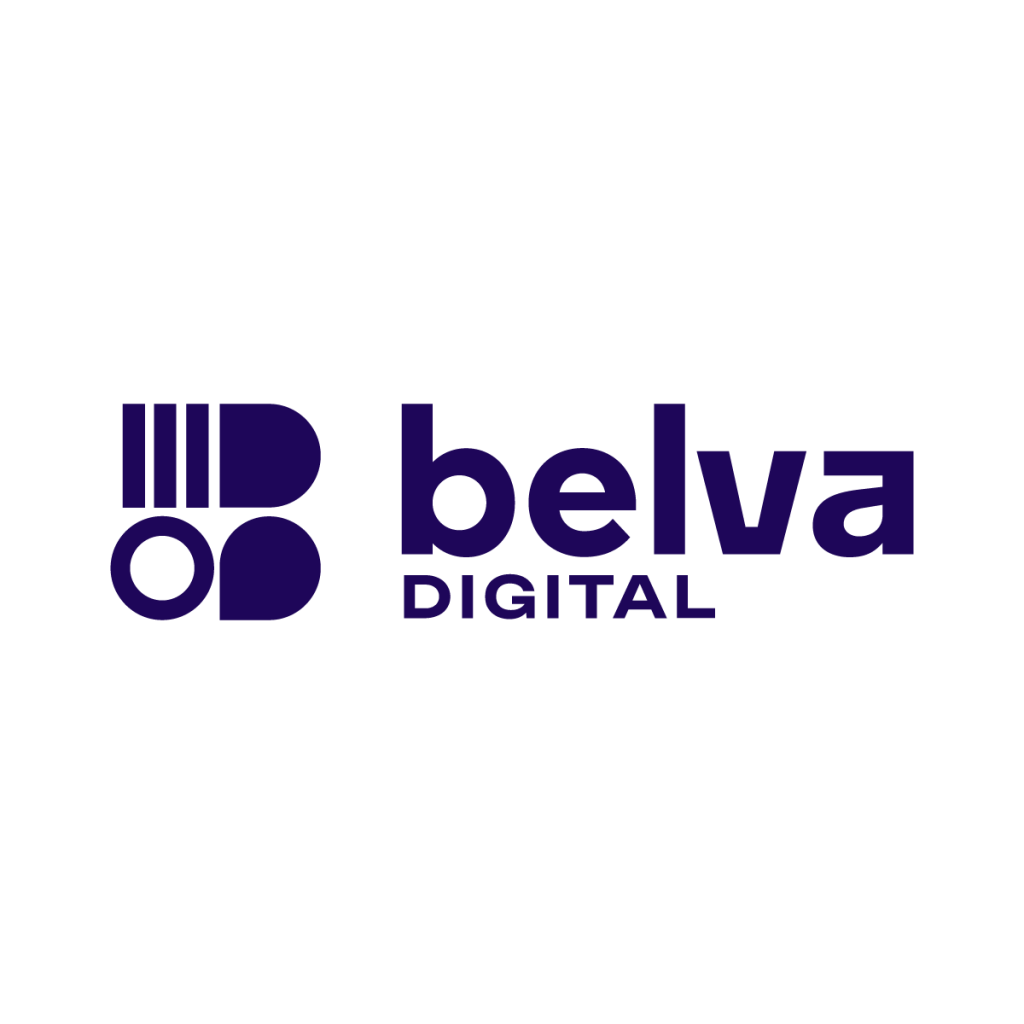If you walked into a room of, at least, an Internet-savvy audience and asked whether they find YouTube Ads annoying or have blocked Ads altogether from their web experience or tend to exit a website with too many banner Ads, you would be surprised (maybe not) by the number of people who raise their hands or nod in agreement. You don’t even need a room, just turn to your neighbor and do this quick survey. The results are the same, aren’t they?
Why is this the case? Agencies, publishers, and advertisers are seemingly more occupied with getting the job done than delivering on business results. Do you want a banner ad? You get a banner ad. Do you want to promote a Facebook page? Consider it done! What about a video YouTube ad that I can’t wait to skip? That also shall be done and we won’t even frequency cap it! Research shows 94% of people who see pre-roll ads can’t wait to skip them. The remaining 6% are the advertisers ;-)*
The thing is we are not analyzing and measuring the ROI. For instance, what was the click-through rate for that banner ad? What is the conversion rate for search engine advertising? How much are we paying per thousand impressions? How can we get it lower? Is e-commerce enabled on Google Analytics? Such questions take you to the drawing board and force you to face the elephant in the room. But who cares, we have a marketing budget, it needs to be spent, not necessarily accounted for.
Here is the thing! The tides are changing. The power has shifted to the consumer. The user, mostly Generation C, is using multiple devices, on multiple channels, to consume various forms of digital content. Their goldfish attention span is as fragmented as the media they consume. This calls for a data driven approach to online advertising. Avoid guesswork and assumptions by drawing on insights to make decisions and as IBM puts it, predict with confidence what will happen next so you can make smarter decisions and improve business outcomes.
So, where exactly do I start?
Start by listening.
The online listening should be directed towards social media networks, blogs, review boards – channels where consumers are likely to engage with your brand. The beauty is, there are a number of free and paid online tools that can enable you to achieve this. Some of the most recommended are Brandwatch, Meltwater, Mediatoolkit and BrandMentions.
The importance of online listening cannot be understated. It’s a research methodology that will enable you to understand your consumers better. Where are they located? What are they saying about my brand, products, and services? Is it negative, positive or neutral? Who are the influencers? Which channel are they conversing on? These and more can be broken into four broad categories: Brand, Consumer, Category, and Culture.

For considerably large businesses, there is certainly a lot of talk about you online, and these tools enable you to sieve through the noise to find meaningful conversations, manage your reputation and generally, build a solid social affinity. Further, listening is not a start and stop activity but a continuous process in this data-driven approach.
Secondly, put your customer at the center and identify the channels of engagement. After listening, map out the opportunity for your brand to connect with your target audience. Some of the leading questions to help with this are: What is the search volume for your products and services on, say, Google? Which influencers can I work with to shape my brand message to the masses? Which popular websites and blogs are thematic to my services and could give me value? Is the social media conversation going on ripe for conversion?
As you identify the channels of engagement, craft a strategy as well. And be SMART (Specific, Measurable, Attainable, Realistic and Timely) about it. An overview of that would be similar to this: “I will use Audience and Placement Marketing to drive brand awareness, and then combine Search Engine Marketing and Remarketing to achieve conversion. Additionally, I will look to social media to drive conversation about my products and services and with a keen eye on conversion and customer retention. I will lump that with email campaigns because a segment of my target audience is spending more time on email than social media.”
Adopt an integrated multi-channel approach because your customer is not monolithic. And talking of customer, put him/her at the center of your strategy such that priorities and budgets change to singularly respond to his/her needs. It is about what the customer does and less about what marketing seeks to achieve.
Thirdly and finally, strategically buy your online media. Before driving a car, there is always insistence to have a driving license, right? The same applies to buying online media. Get Adwords Certified. It qualifies you and earns you industry credibility. Google requires one to do at least two tests, the Advertising Fundamentals exam which is mandatory and a choice between, Advanced Search and Advanced Display. Facebook and Twitter have similar official certifications worth diving into. Go slow with your first buys, perhaps a daily budget of $20 until you comfortable to pump in significant amounts.
As a media buyer ensure every buying leads to results, which start trickling in from the onset. To ensure the results are positive, perform keyword analysis, A/B testing, creative optimization etc to identify performing and non-performing Ads. It is an industry open to disruptive technologies, so whatever works today might not work tomorrow.
Look, these are just three steps – it is not the ultimate cheat sheet but it’s a place to start. How many times have you heard a client say ‘online advertising doesn’t work’ or ‘we can’t measure ROI on that channel’ or ‘we can’t justify the budgets’? A dime a dozen, right? And every time it comes up, I feel like it’s our fault – the media buyers, planners, strategists, whatever fancy name you have. That client’s initial contact might have been with someone who didn’t follow due process. Money was spent. Results were a mirage. All the client got was some views, impressions, and a bunch of likes but not what they were looking for – leads and sales.
Online advertising is a fairly new concept and quite unregulated in Kenya which means mistakes will be made. Somebody will be hit. A dent here and there. A missing side mirror. Cops. This is what happens when you are a newbie driving around without a license. So first and simple things first. Get certified. It’s free, and you do it at your convenience – this means you can take as short or as long as you want. I would take the shortest time possible.









